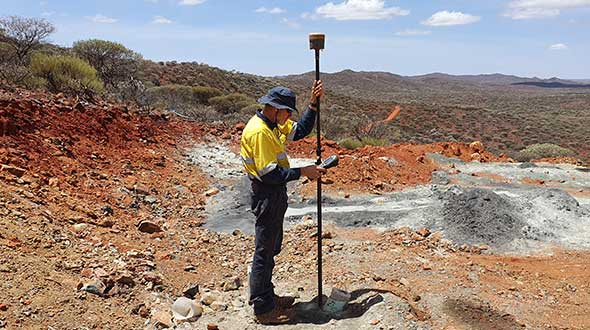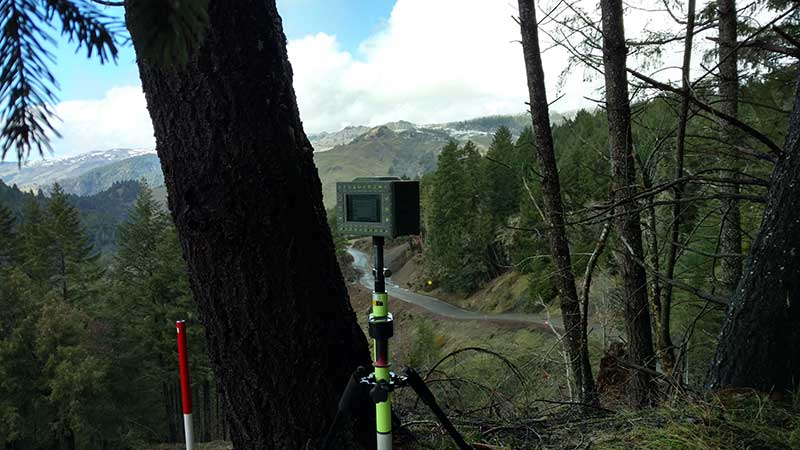|

Case studies reveal survey tech advances
Surveyors share their success stories using the latest GNSS receivers, software and correction services, all of which are constantly improving to make their tasks easier — despite the terrain or weather conditions.
|
|
|

Smart surveying in the Outback
Advances in precise point positioning technology have been helping resolve surveying obstacles in the Australian Outback and enabled surveyors to optimize their real-time productivity without sacrificing accuracy.
|
|
|

Remembering all fixes for verification
Matt Sibole is a solo surveyor and a Javad GNSS advocate. Based in Kentucky, Sibole tackles up to 140 jobs a year, which he would be unable to do using only a total station or a robotic station. Instead, he relies on the accuracy of GNSS.
|
|

Surveying switchbacks in the Northern California mountains
In the mountains of Northern California, a dangerously twisting stretch of road — the site of numerous fatal accidents — is being widened and realigned. Because it passes through the Six Rivers National Forest, the Highway 36 project is managed by the Federal Highway Administration (FHWA) in partnership with Caltrans.
|
|
|

Everest survey succeeds with Trimble GNSS
The Survey Department of the Government of Nepal has completed fieldwork for the National Initiative for the Measurement of the Height of Sagarmatha (Mount Everest).
|
|
|
The Virtual Primary Reference Time Clock: A Next-Generation Timing Architecture for Critical Infrastructures
Date: Aug. 27
Sponsored Content by: Microchip
Summary: Accuracy, precision and stability have traditionally been used to describe the requirements for timing and synchronization. Although these timing metrics remain vital, a new set of requirements have become equally important with the goal of delivering better resiliency in critical infrastructure: prevention, restoration and recovery. A variety of technologies are being discussed to create a back-up to GNSS. The answer to greater resiliency does not lie in the number of timing sources, but rather in a timing architecture that incorporates these technologies. This presentation will discuss how a Virtual Primary Reference Timing Clock architecture is optimized for resilient timing.
Speakers:
• Tony Flavin, manager, strategic research, Chronos Technology Ltd.
• Jim Olsen, senior solution architect, Microchip
• Lee Cosart, chair of ATIS SYNC Committee, Microchip
|
|
|
|
|